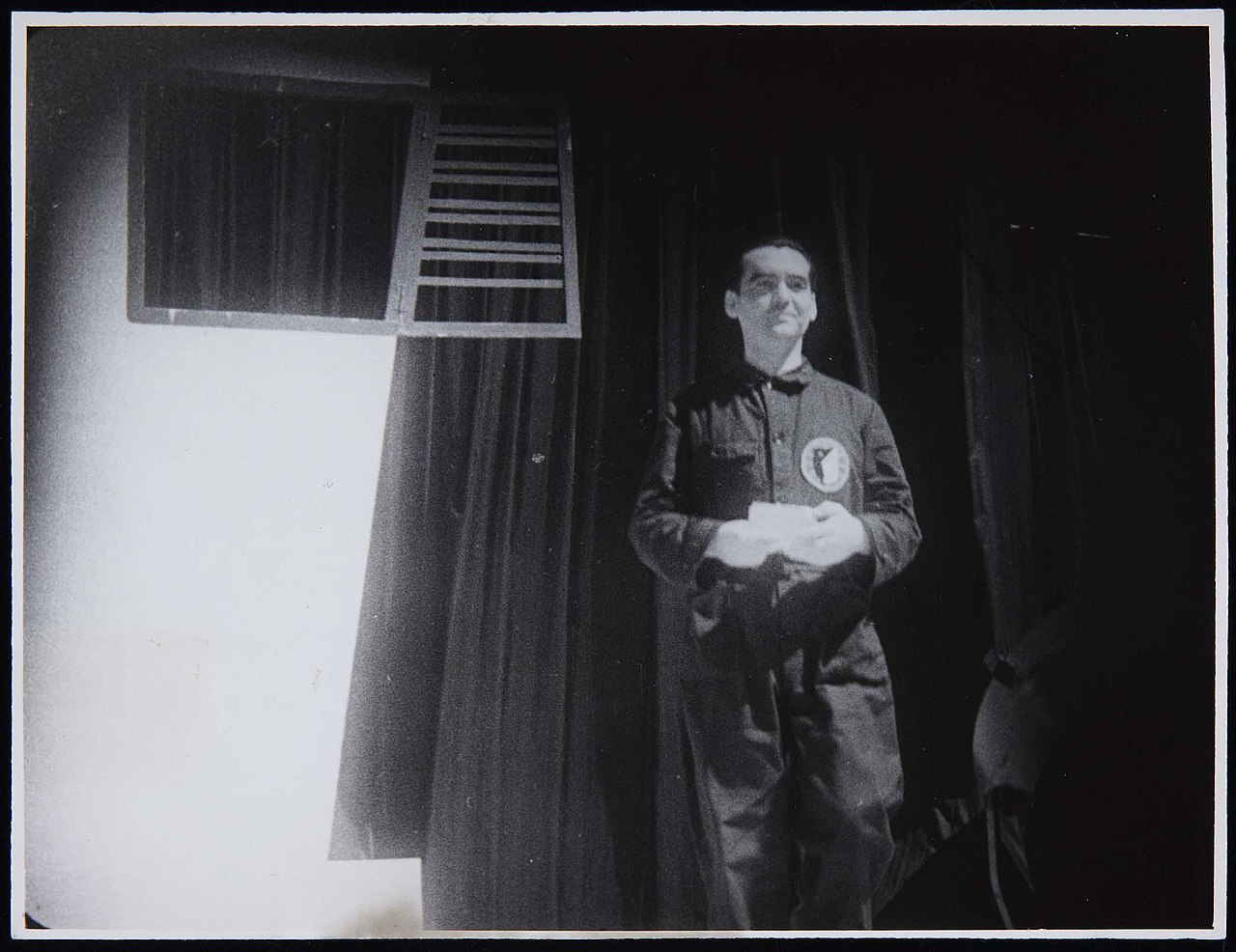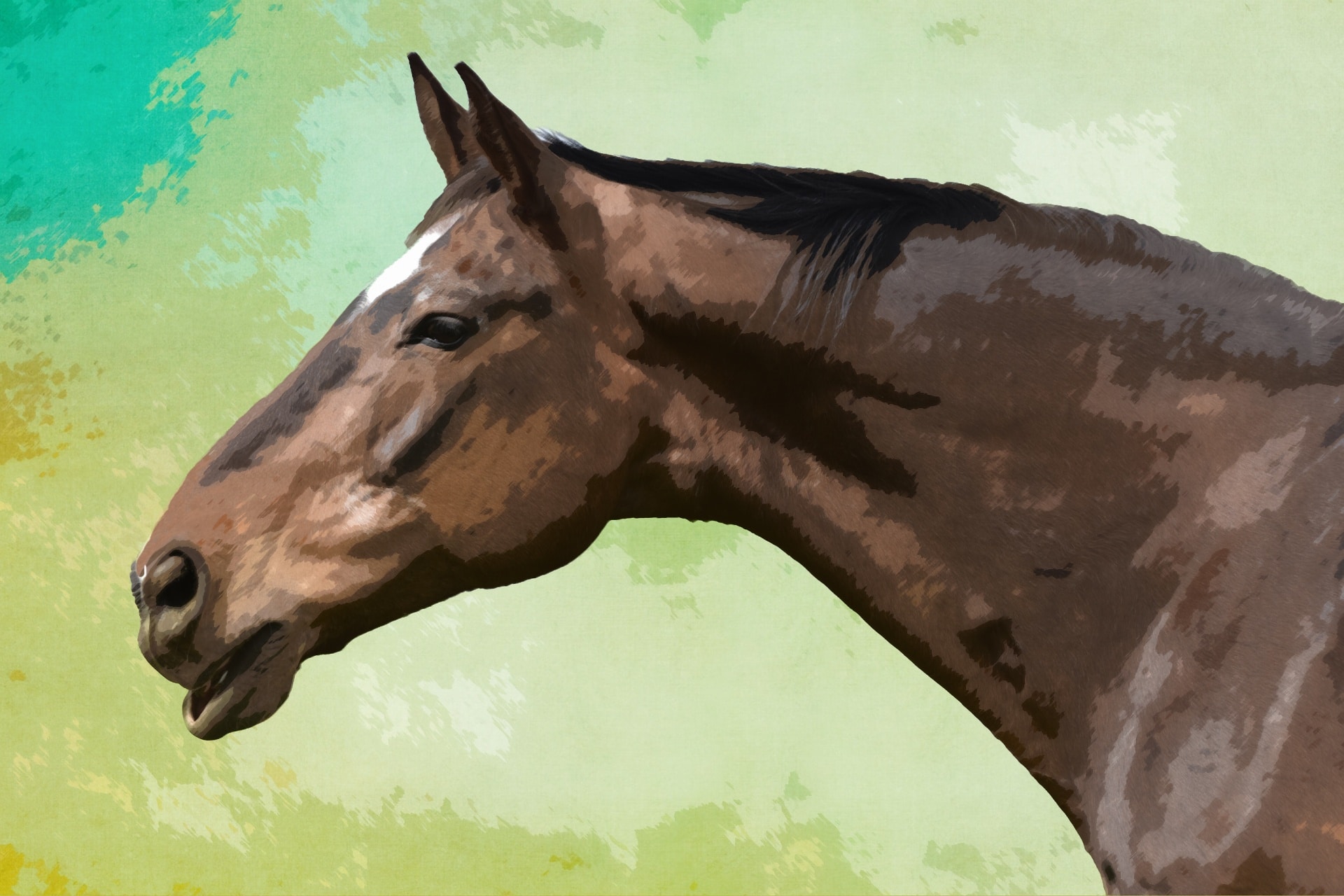
Delve into the life and work of the Granada-born author Federico Garcia Lorca It is a real wonder, because something new is always discovered. Today we have come to do exactly that: delve, delve a little deeper into one of his best-known works. We briefly analyze the work "Gypsy romance" from FG Lorca, will you stay with us?
"Gypsy romance"
The poetic work "Gypsy romance" was written and published by the poet Federico García Lorca in the year 1928 and it is a composition of a total of 18 romances, whose themes revolve around the mythical world of gypsies, dealing with themes as universal as the tragic destiny that accompanies us all at a moment in our lives, the frustration of things desired but not obtained, guilt for feeling and doing certain things, etc.
The poetic expression in this work reflects the syncretism of the famous generation of '27, where procedures and personal motives were mixed with avant-garde metaphors, including as not something so characteristic of the Granada poet, such as their own symbols of the lorca universe.
And if you want to read this magnificent work soon, we recommend that you do not continue reading for now. We don't want to reveal anything to you! Come back here when you finish reading. However, if you have already read it and want to continue analyzing it with us, keep reading.
The death of Antoñito, el Camborio
In this famous work, the gypsies acquire a mythical dimension: they represent the freedom instinct Fighting against established norms and destiny. Lorca, concentrates all the maximum human qualities in them (nobility, strength, etc.) to rebel and thus face the tragic fate that is in store for him, that still prevails and conquers with inevitable death.
At this point, we will see the character of Antoñito, the Camborio as the archetype of the gypsy purebred.
«Romance of the black penalty»
From the clash between the desire for freedom and death, a deep frustration arises that the gypsies call "The black penalty". This analysis and description of the gypsy feeling for the "black penalty" is felt in her book by a certain Soledad Montoya, and we can feel her suffering in the following verses that we put below:
… _Soledad: wash your body
with lark water,
and leave your heart
in peace, Soledad Montoya.
Down below the river sings:
flyer of sky and leaves.
With pumpkin blossoms
the new light is crowned.
Oh shame on Gypsies!
Clean penalty and always alone.
Oh, hidden river grief
and remote dawn!
The themes that the Gypsy Ballads deals with
Although the Gypsy Ballads is well known for talking about a little-used topic such as the gypsy world, the truth is that It is not the only subject to which the author, Federico García Lorca, does. In fact, throughout the 18 romances that make up the Romancero we can find different topics that should be known.
The main one of course is repression, mistreatment and the life of gypsies, a people that has always been on the fringes of society and that is relegated and qualified with bad or negative adjectives for their lifestyle.
For this reason, Lorca works on various themes in his poems, relating them to them, such as the fact of a constant struggle with repressive authority, confrontation, a retail society, etc. All this focused on giving life and voice to a little known and very discredited society such as the gypsies. The truth is that the author himself talks about how there are great names in art that belong to the gypsy ethnic group.
However, something that very few usually comment is that, in addition to the issue of gypsies, Lorca He also makes a space for women in his work. The character who represents her in this case is Soledad Montoya, also known as the «gypsy nun», and she is what could be described as the «real woman» for the gypsies.
Of course, throughout the romances, there are many main themes, such as love, death, differences ... All of this is governed by gypsies, but in reality the author is capable of extrapolating it to other societies.
The division of romances: two very different themes
El Romancero Gitano was one of Lorca's books that he began to write in 1924 and was published in 1928. We can talk about it being one of the author's most important works, with a language highly based on metaphors, symbolism, and stories. Of course, it stands out to make the gypsy and Andalusian culture known, without neglecting other issues.
Lorca works in his gypsy ballads following the guidelines of the traditional ballads, that is, using dialogues without introducing verbs or saying who is speaking. In addition, the story that is told does not have a preamble, it is something that begins suddenly and that can create an aura of mystery around the story. Thus, all of Lorca's romances are characterized by using common narrative formulas, anaphora, repetitions and also the symbolism that the poet likes so much.
As we have said before, it is made up of 18 romances. But all these do not revolve completely about the gypsy world, but rather two different types of romances can be found because of what Lorca wanted to tell about them.
So, you have:
Romance 1 to 15
These are focused directly on gypsies. But in them there are also other important subtopics such as death, women, etc. In fact, five of this group of poems are centered on women. We talk about: Precious and the air; Sleepwalking Romance, The Gypsy Nun; the unfaithful house; and Romance of the black penalty. Each of them offers the vision of a subject such as love, passion, frustration or grief.
At the same time, there are other romances whose history is that of gypsies that have a tragic end, such as Death of Antoñito el Camborio; Brawl; o Romance of the Spanish Civil Guard.
Finally, you will find three romances that the author dedicated to three Andalusian cities. They are: Granada (with San Miguel); Seville (with San Gabriel); and Córdoba (with San Rafael).
Romance 16 to 18
The last three romances of the Gypsy Ballads are not so much related to the gypsies, but rather They talk about historical figures. For example, that of Martirio de Santa Olalla, talks about Roman Andalusia, and deals with the life of Santa Eulalia de Mérida.
For its part, Mock Don Pedro on horseback, takes us back to the Middle Ages, in which he talks about love, its absence, and knights who have forgotten.
Finally, Thamar and Amnon is about a biblical story and the incestuous love and passion of two brothers.
It could be said that, although they deal with themes that have been seen in previous romances, it differs a lot from what was being dealt with in Lorca's book and it is as if I put three romances that, in a way, did not have much to do with the above (although, as we say, they do deal with the same issues).
Symbology in the Gypsy Ballads
Finally, we leave you here what is the symbolism that you find in the Gypsy Ballads as well as the meaning that the poet gives to those symbols. Some of them are used in other works, but there are others that are unique to this one.
Among them are:
The Gypsy
The gypsy figure can be interpret as a way of life, and how it collides with "normal" and habitual society. Despite attempts to adapt to that society and to live in peace with them, he fails and makes his fate end badly.
Moon
For Lorca, the moon has multiple meanings, but the truth is that in this case the most characteristic thing is that it is a death symbol.
The bull
Although the bull is a symbol of power, of strength, of bravery. The ultimate goal of this is death and not a normal one, but has to fight to live to, finally, whatever he does, pass away.
Therefore, for Lorca, he has a tragic symbolism. It is as if the bull had his life taken away. And this is how he represents it in his romance.
Horse

The horse is one of the symbolisms most used by Federico García Lorca in many of his works. And in this case he speaks of the horse from a masculine, virile, strong point of view, full of passion.
This is how he represents it, but also that this passion always leads to death, to a disastrous end that ends without achieving what he longs for.
The knife, the daggers, the knives
Throughout the Gypsy Ballads, some metals are cited such as knives, daggers, etc. All of them are objects that symbolize death for the author. Keep in mind that we are talking about an object that inflicts pain and that this can be fatal.
However, there are also other metals such as silver or gold, as well as bronze or copper. The first two are positive symbols for Lorca; On the other hand, the other two, gives them a totally different meaning, since he uses them to imply the type of skin that a person (or group) has.
If you want to read something good about García Lorca, we highly recommend reading this «Romancero Gitano», one of the best by the Granada-born author.
